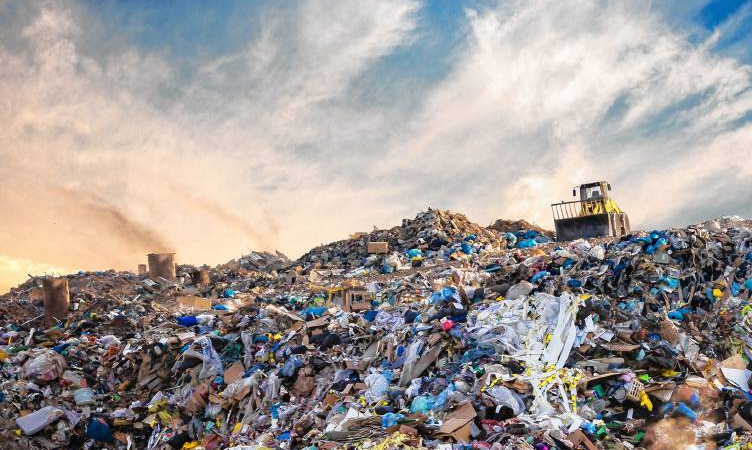Things that can be thrown away are taken to landfills and buried underground. During this method, care must be taken to keep waste from getting into the ground and possibly contaminating the water.
Even though we try to eliminate as many things as possible, some things can’t be recycled or thrown away in a landfill. This comprises radioactive waste, paint, non-compostable bulk liquids, and hazardous garbage.
Most modern landfills are designed and run as places to eliminate solid waste. Landfills are located, designed, operated, and monitored to guarantee strict adherence to rules and regulations. They also have systems for monitoring the environment on-site and are made to protect the environment from the pollutants in the waste stream.
These monitoring systems are set up to look for signs of contaminated groundwater and landfill gas and add extra safety measures.
Using composite liner technology, make a wall between the ground and the waste dumped on the land. The lining system covers the whole bottom of the landfill.
Use a two-foot-thick soil system on top of the composite liner to eliminate the leachate that builds up inside the landfill. Leachate is water that has gone through the trash, and the leachate is thrown away carefully at an off-site wastewater treatment facility or in the trash.
Every day, cover the trash with at least 6 inches of clean dirt to stop smells, keep the air out, and keep birds and small animals away. Cover the finished dump with five feet of clean soil and a layer of plants to keep the soil from washing away.
Landfill Monitoring

We keep an eye on the groundwater around the landfill’s edge and check for methane gas, which is made when trash breaks down. We have 216 gas wells spread out around the developed parts of the landfill to collect the gas that is made when solid waste breaks down, and another 25 will be put in by the end of February 2020.
We worked with Morrow Renewables to turn gas from a landfill into energy and clean it up to meet standards for a natural gas pipeline. This makes money to help pay for the costs of running and maintaining the solid waste disposal system and creates a new source of renewable energy.
Garbage that can’t be recycled or used again must be thrown away, usually at a landfill. Quarrying can make a hole that can be filled with a landfill or used as part of a plan to bring back the land.
There are landfills all over the world, even in the United Kingdom. Some places do “land raising,” which means they put trash right on the ground, while others do “landfilling” (filling a hole in the ground with the rubbish). The garbage in these dumps comes from both businesses and homes.
People always make trash; it’s just a fact of life. Waste is a big problem that needs to be fixed. Every year, the average house in the UK makes more than a tones of trash. All of this adds up to 31 million tones per year, the weight of 3.5 million double-decker buses or enough to go around the world 2.5 times.
Landfills hold trash from both homes and businesses. Most of the trash that people put in landfills comes from their homes, and this includes things like food, paper, cardboard, and wood, and household waste includes things like plastic bags and tin cans.
A lot of the trash we throw away is called “municipal solid waste” (MSW). The World Bank says that municipal solid waste (MSW) comprises non-hazardous waste from households, commercial and business establishments, institutions, non-hazardous industrial process wastes, agricultural wastes, and sewage sludge. Various jurisdictions have different definitions.

